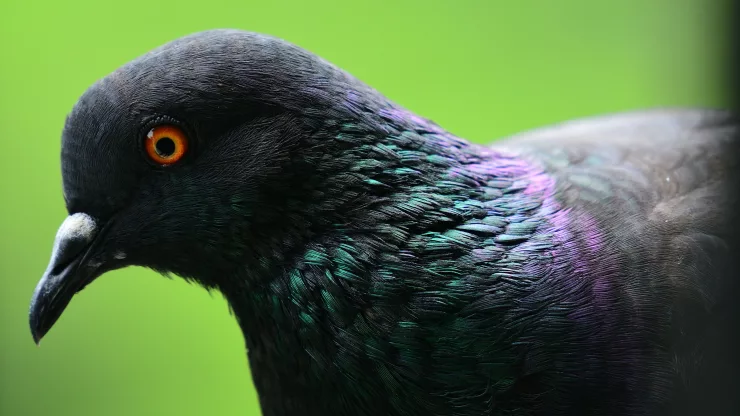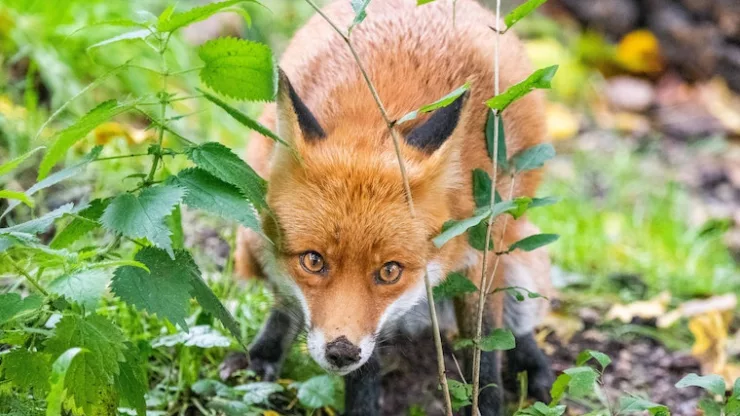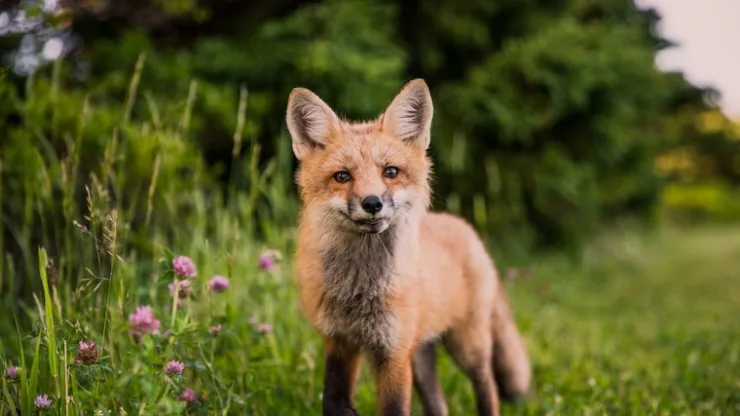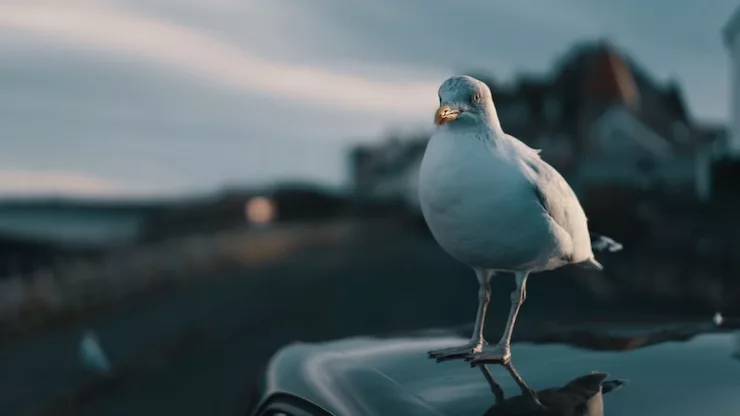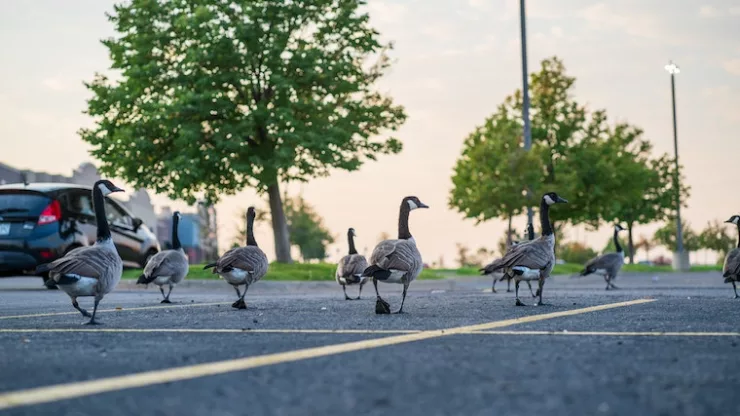Urban Wildlife as Indicators of City Ecosystem Health
Cities are not just concrete jungles; they are also home to a variety of wildlife.
Urban wildlife includes mammals, birds, reptiles, and insects that live in or around human-made environments.
These creatures are not just visitors; they are vital signs of the health of our ecosystems.
Observing urban wildlife can provide important insights into how our cities are functioning ecologically.
Jump to Section
Urban Wildlife: Vital Signs of Urban Ecosystems
Urban wildlife plays an important role in maintaining the balance of urban ecosystems.
They help pollinate plants, control pests, and reduce waste.
They also provide many benefits to humans, such as recreational opportunities and aesthetic value.
However, urbanization can also have negative impacts on wildlife, such as habitat loss, pollution, and collisions with vehicles.
Therefore, monitoring urban wildlife is crucial to understand the health of urban ecosystems.
The Benefits of Observing Urban Wildlife
Observing urban wildlife can provide many benefits, including:
- Understanding the health of urban ecosystems: By observing urban wildlife, we can determine the health of urban ecosystems and identify potential issues that need to be addressed.
- Engaging with nature: Observing urban wildlife can provide opportunities for people to connect with nature, even in urban areas.
- Promoting environmental education: By learning about urban wildlife, people can become more knowledgeable about the importance of biodiversity and the need to protect our ecosystems.
What Urban Wildlife Can Tell Us About Our Cities
Urban wildlife can tell us a lot about how our cities are functioning ecologically. For example:
- The presence or absence of certain species can indicate the health of specific ecosystems, such as wetlands, forests, or grasslands.
- Changes in the population of certain species can indicate environmental changes, such as habitat loss or pollution.
- The behavior of urban wildlife can provide insights into how they are adapting to urban environments.
Taking Action to Protect Urban Wildlife and Ecosystems
Protecting urban wildlife and ecosystems requires a collective effort from individuals, communities, and governments. Some actions that can be taken include:
- Creating and preserving green spaces: Green spaces provide habitats for urban wildlife and can help improve air and water quality.
- Reducing pollution: Reducing pollution can help improve the health of urban ecosystems and the wildlife that inhabit them.
- Managing urban development: Urban development should be managed to minimize the impact on wildlife and their habitats.
- Educating the public: Educating the public about the importance of urban wildlife and ecosystems can help promote conservation efforts.
FAQ
What are some common urban wildlife species?
Common urban wildlife species include:
- Birds: pigeons, sparrows, crows, seagulls
- Mammals: rats, squirrels, raccoons, opossums
- Reptiles: lizards, snakes
- Insects: bees, butterflies, ants, cockroaches
How can I observe urban wildlife safely?
When observing urban wildlife, it is important to respect their space and safety. Here are some tips:
- Observe from a distance: Do not approach or disturb the wildlife.
- Do not feed the wildlife: Feeding wildlife can lead to health problems and disrupt their natural behaviors.
- Avoid handling wildlife: Handling wildlife can be dangerous and stressful for the animal.
- Observe quietly: Loud noises and sudden movements can scare the wildlife.
How can I help protect urban wildlife?
There are many ways to help protect urban wildlife, including:
- Reducing pollution: Reducing pollution can help improve the health of urban ecosystems and the wildlife that inhabit them.
- Creating and preserving green spaces: Green spaces provide habitats for urban wildlife and can help improve air and water quality.
- Supporting conservation efforts: Supporting organizations that work to protect urban wildlife and ecosystems can help promote conservation efforts.
- Educating others: Educating others about the importance of urban wildlife and ecosystems can help raise awareness and promote conservation efforts.
Urban wildlife is not just a part of our cities, but also a vital indicator of the health of our ecosystems.
By observing urban wildlife and taking actions to protect them, we can help ensure that our cities are functioning ecologically and that future generations can enjoy the benefits of urban biodiversity.
I’m a nature enthusiast and creator of Metro Wilds and have spent years exploring the great outdoors.
With a passion for environmental conservation and sustainability, I have dedicated my career to writing about the beauty and wonders of nature, as well as the threats facing our planet.
Contact me at [email protected] for assistance.

